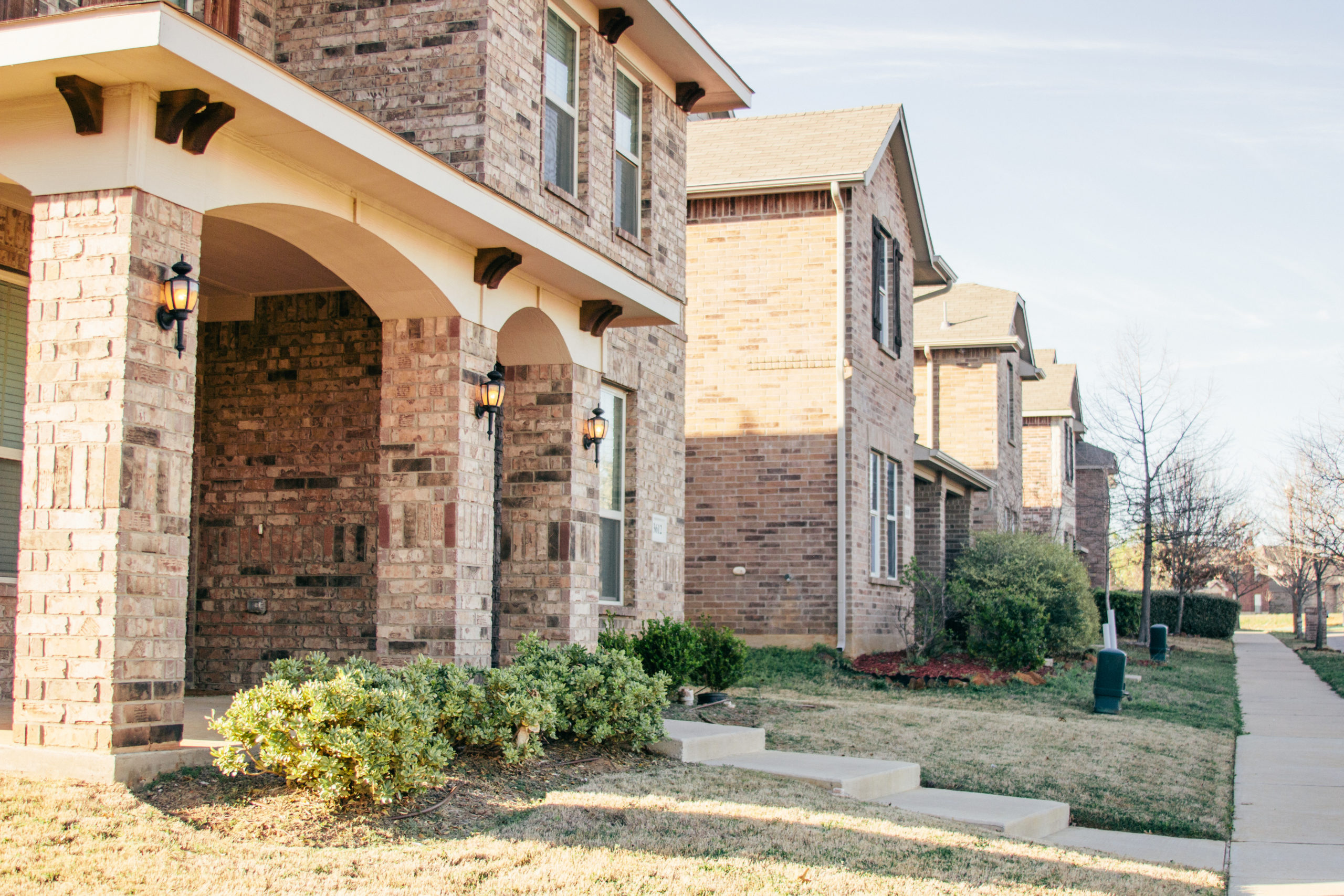
Key Takeaways
- Homeownership costs not only include your mortgage and taxes, but HOA fees, utilities, and maintenance
- Lower costs by paying the mortgage in biweekly installments, bundling insurance policies, and reviewing your property taxes (and appealing if needed).
- Consider investing in home improvements. Keeping up with regular maintenance and increasing your home’s energy efficiency can result in cost savings.
- To cover expenses, explore a home equity loan or home equity line of credit (HELOC), or an alternative to loans – a Home Equity Agreement (HEA).
Your home is likely your biggest asset and probably takes the biggest bite out of your budget. Even if you don’t have a mortgage, you still have property taxes, insurance, utilities, repairs and maintenance to cover. Homeowners pay an average of $623 per month on those expenses, according to LendingTree.
Numbers like these can be daunting, so here is a look at some strategies to save money on home-related expenses.
Mortgage, Insurance and Taxes
- Pay your mortgage in biweekly installments. If you make your mortgage payments monthly, that’s 12 payments a year. However, if you split the monthly payment in half and pay it biweekly, that’s 26 payments – 13 full payments – per year. That one extra payment may not make a dent in your budget, but will save you thousands of dollars in interest, and help you to pay off the loan early.
- Make one additional payment every year. Have you received a tax refund? Earned a bonus at work? Sold your old bike? If possible, set windfalls such as these aside and use them to make one additional lump-sum payment toward your mortgage principal every year. This can shave thousands of dollars in interest, and several years off the loan’s lifetime.
- Review your property taxes. Have your property taxes gone up substantially? It’s always a good idea to review records; if there are any errors, it can be possible to lower the taxes by filing an appeal. Start by reviewing your property records carefully at your local real estate assessor’s office. Most will be online; you can also call or visit the office. Check that all the information on file is correct, including the square footage, number of bedrooms and any major renovations/additions listed for the property. Local authorities use this data to determine your property taxes, so any errors may be costly.
Next, look at your assessed value. This figure is not the same as market value, and you can usually get information on how it is calculated from your county assessor. If you can prove that the assessed value of similar homes in your neighborhood is lower than your assessed value, you may be able to file an appeal on your taxes. Each county sets its own rules for appealing property taxes, so consult your local tax assessor for more details on the process. Find other tips to reduce your property taxes here. - Bundle your insurance policies
Many insurance companies offer discounts if you buy multiple policies from them. This means you may get a better price on your homeowners’ insurance if you buy, say, your auto insurance from the same provider.
If you have high-value belongings such as art pieces, fine jewelry or electronics, look into including them as specific add-ons or endorsements in your homeowners’ insurance. This is often less expensive than pricing out separate policies.
Money-Saving Measures
- Rent out your property
You can become a landlord by renting out your basement, attic or just one room (if it is legal in your area). If you don’t like the idea of sharing your home with full-time tenants, consider renting out seasonally, such as when you go on vacation. Some homeowners even rent out storage space in their garages.
- Improve your home’s energy efficiency
Pay for a professional home energy assessment, or conduct your own energy audit, to identify where you may be wasting water, electricity and heat. Small energy leaks add up over time and can boost your home ownership expenses. Things to look for include:
- Electrical appliances: Power off and unplug idle electronics. When it’s time to replace an appliance, purchase newer, more energy-efficient models.
- Lighting: Replace inefficient incandescent bulbs die off with LED bulbs.
- Insulation: Close doors to little-used rooms and closets along exterior walls. If you notice air drafts coming from door frames, windows, vents or outlets, consider patching the leaks, adding door sweeps or replacing the insulation.
- Air conditioning: Clean and replace filters often. Depending on where you live, swamp coolers can be more efficient than window units.
- Roofing: In warm climates, it can help to invest in a light-colored, reflective roof to reduce upper-floor heat gain.
- Temperature: Adjusting the thermostat just a few degrees (up in the summer, down in the winter) can make a big difference in utility bills. A programmable thermostat can make this easier to do.
- Water conservation: Install water-conserving fixtures such as a rainwater harvesting system (if allowed where you live) and low-flow faucets, showerheads and toilets.
- Landscaping: Stick to native or climate-appropriate landscaping for optimal water savings. Consider planting a large shade tree if your house gets a lot of sun in the summer.
Maintenance and Repairs
- Keep up with regular home maintenance
Make sure to check all systems and components in your home often. Skipping maintenance can result in costly repairs, so be sure to stay ahead of issues before they arise.
- Take care of home upkeep and repairs yourself
Learn how to do basic home maintenance and repairs yourself instead of outsourcing them. You can mow the lawn, power wash the deck, clean the gutters, tighten loose cabinet shelving, or fix leaky faucets for a fraction of the cost. However, it’s best to leave complex or potentially dangerous jobs (such as most plumbing and electrical work) to the professionals.
- Buy your own home improvement materials
If working with contractors on a project, ask about policies on materials. If it’s customary for the contractor to charge a mark-up on materials, it may be possible for you to buy the materials yourself. However, when projects are complex and/or may require purchasing, returning and repurchasing materials, it can be more efficient and save more money in the long run by having the contractor manage it all.
Paying for Home Expenses
- Take out a home equity loan or home equity line of credit (HELOC)
Home equity loans and HELOCs allow you to borrow against the equity you have built in your home. You can use the money for uses such as home renovations or debt consolidation or for an unexpected expense – such as a major HOA assessment or to repair damage to your home.
With a home equity loan, you get a lump sum upfront that you repay at a fixed interest rate over a period of time – usually five to 20 years. Learn more about using a home equity loan for home improvements.
With a HELOC, you get access to an open line of credit that works similarly to a credit card. You borrow as much as you need when you need it, and only repay the amount you borrowed. A HELOC has a variable interest rate that can change from month to month.
The main downside to a home equity loan or HELOC is that they use your property as collateral. This means you risk losing your home if you can’t repay the loan.
To qualify for a HELOC or home equity loan, you typically need a minimum credit score of 620, although score of 680 or better will provide access to a more attractive interest rate. You’ll also need to have at least 15% to 20% equity in your home and a debt-to-income ratio of 43% or lower.
Explore non-debt-based home equity products
If you don’t meet the requirements for a home equity loan or a HELOC – or simply don’t want to take on more debt – consider a non-debt-based funding option such as a home equity agreement (HEA).
An HEA isn’t a loan. There are no monthly payments, interest rates, or income requirements.
Instead, based on the equity you have in your home, you get a lump sum upfront, and the HEA provider receives a portion of your home’s future equity. You can settle with the provider when you sell or your home (usually by the end of the term, which can range from 10 to 30 years), or buy back your equity using cash on hand any time during your term. Some providers, like Unlock, allow homeowners to buy back portions of their equity at any point, without penalty.
Reduce Home Ownership Costs with Unlock Technologies
A home equity agreement could be the right solution if you’re looking for funding to address a housing-related expense.
See how Unlock Technologies’ HEA can help you achieve your financial goals.
The blog articles published by Unlock Technologies are available for general informational purposes only. They are not legal or financial advice, and should not be used as a substitute for legal or financial advice from a licensed attorney, tax, or financial professional. Unlock does not endorse and is not responsible for any content, links, privacy policy, or security policy of any linked third-party websites.”


